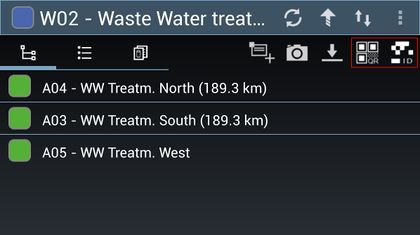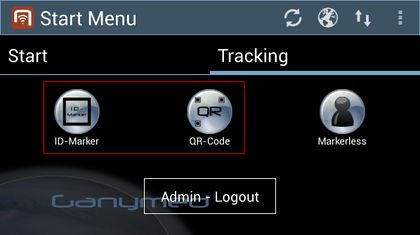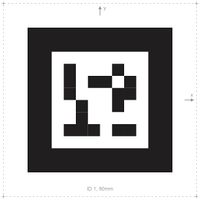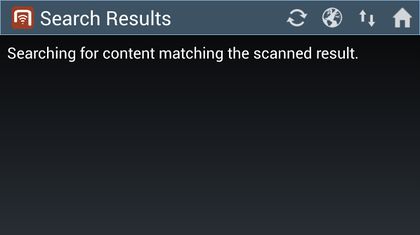Difference between revisions of "HowTo:Find Objects by Optical Codes"
(→See also) |
|||
| Line 16: | Line 16: | ||
== See also == | == See also == | ||
* [[Optical code]] | * [[Optical code]] | ||
| + | * [[HowTo:Make_an_Object_be_found_by_Optical_Codes]] | ||
[[Category:Publishing]] | [[Category:Publishing]] | ||
[[Category:Android]] | [[Category:Android]] | ||
[[Category:How-To]] | [[Category:How-To]] | ||
Revision as of 10:41, 24 March 2015
First make sure that a recommended application is installed on the device.
Start a scanner
- Press one of the optical code scanning buttons in the context aware action bar or in the start screen.


Scan an optical code
- Position the device in a way that the optical code is visible and stable in the camera view;
- Wait until the optical code is recognized by the scanner.

Wait for the search to finish
- Once the scan is finished, wait until the scanner is closed and an empty browser shows up;
- Depending on the network connection and the UBIK® sync mode, different ways of searching will be applied;
- During the search, the list might show a searching text before any objects are found;

- If any objects are found, they will be added to the list.

